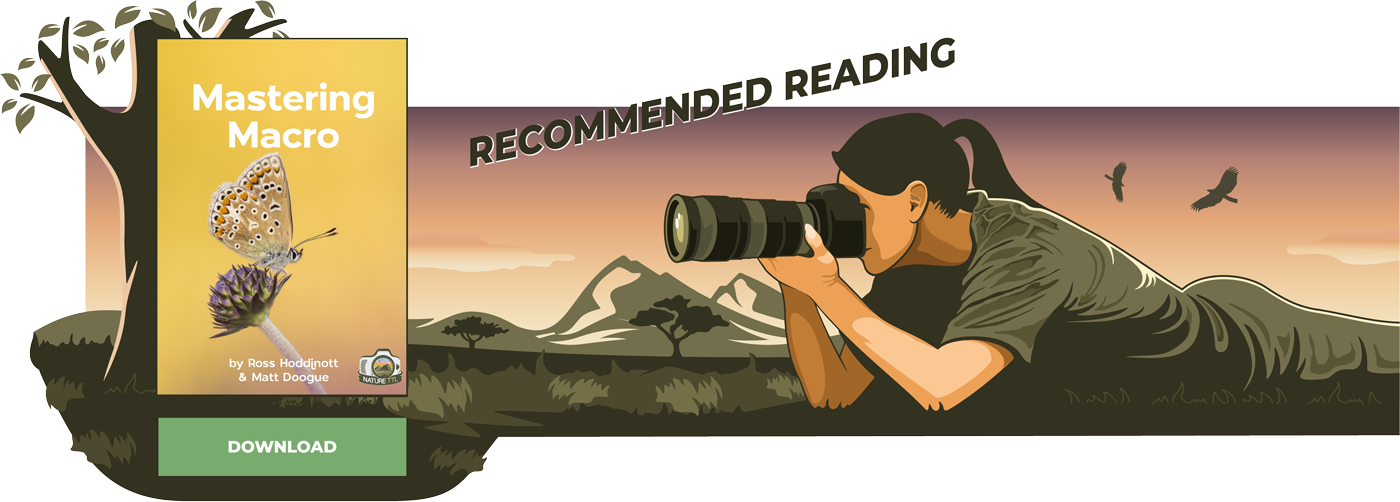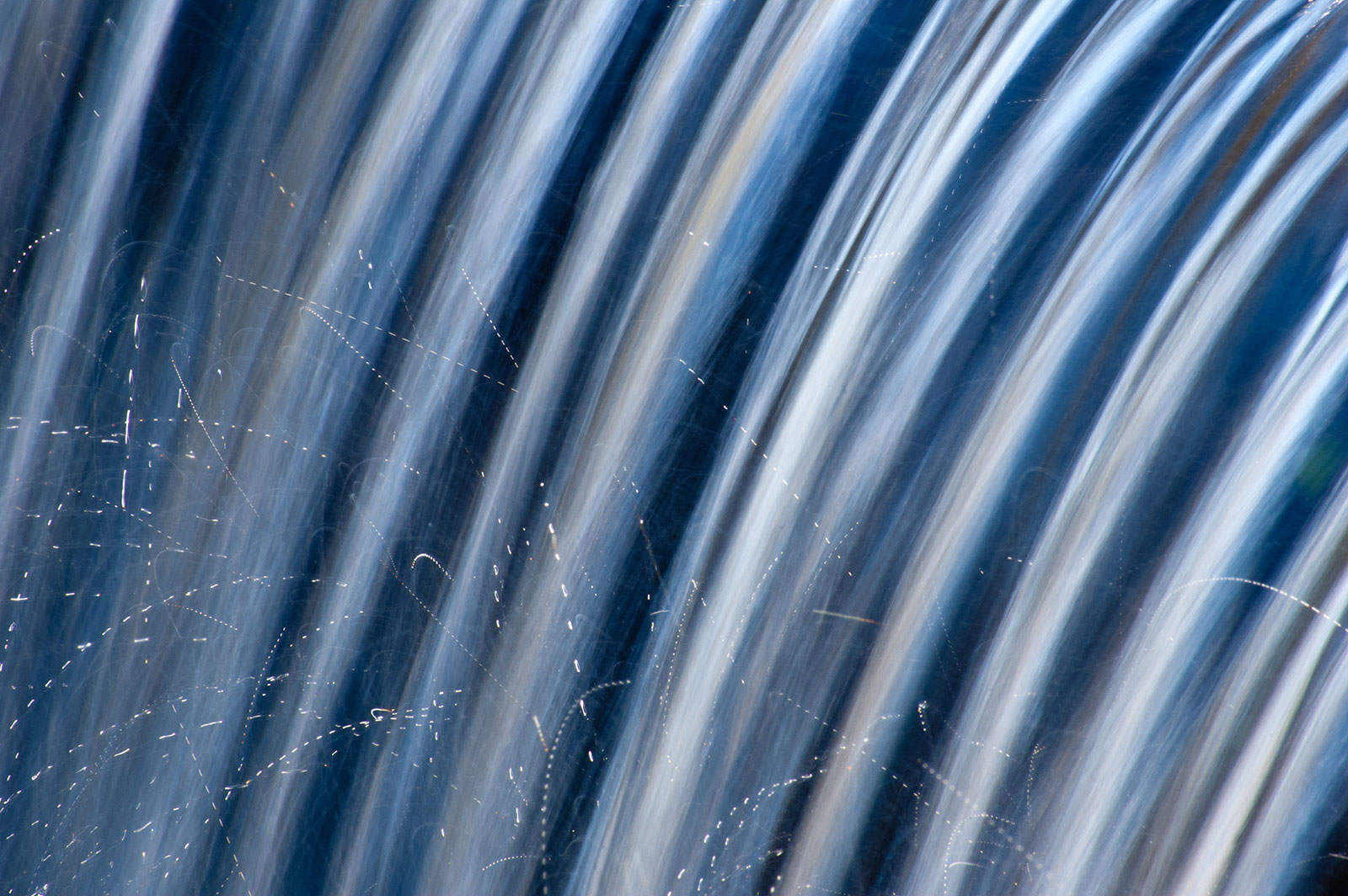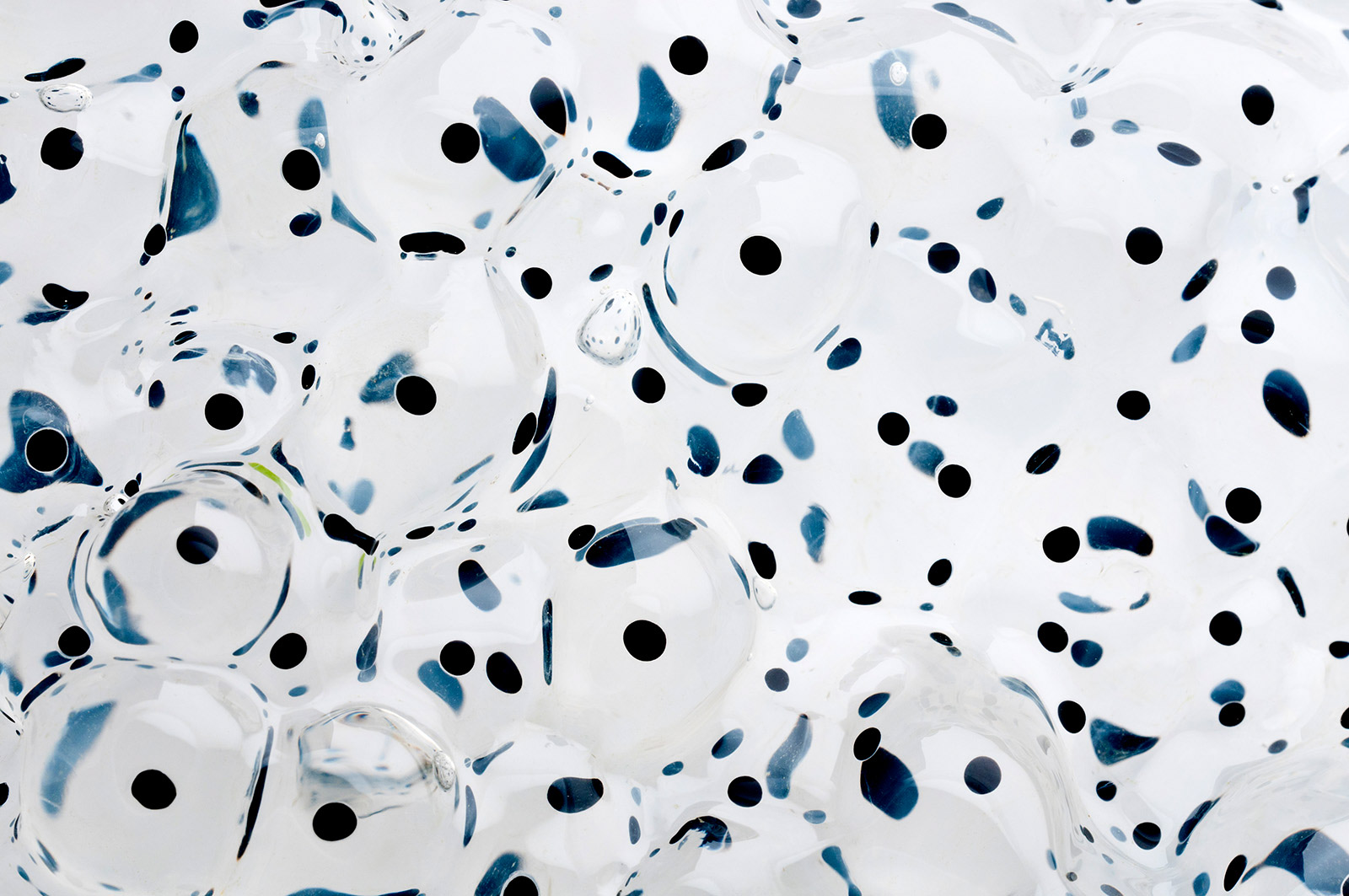Abstract Nature Photography: Taking Creative Photos

Abstract nature photography has no rulebook. It’s one of the best ways to harness real creativity as a photographer. Abstract nature photos could be created from anything, whether it be motion blur, creative use of color, or other techniques used to give a unique perspective of natural subjects.
There are compositional guidelines and a handful of technical “do’s and don’ts” in nature photography, but there is nothing anywhere that states that we have to record our subject just as the eye sees it. More often than not, we will want to record our chosen subject in a realistic way, capturing it in its entirety in order to convert a proper sense of scale and context.


But doing so will not always produce the most compelling image, and creative results can come from thinking outside the box in a more unconventional approach.
Abstract photos are not suited to everyone. Some may not like the different ways of viewing nature in abstract. But photography is a very subjective thing and the images in this piece will no doubt polarise opinions – you either love or hate this style of photography.

However, nature is full of interesting shapes, forms, colours, details, textures and motions – key ingredients for capturing abstract images. Therefore, it is no surprise that the days of wildlife photographers always capturing their subject with a high degree of realism are long gone.
Digital capture has undoubtedly encouraged photographers to be more experimental and innovative – the boundaries of creativity have to be pushed in order to produce truly original and fresh results. As a close-up photographer, I am able to create abstracts by highlighting and isolating intriguing and fascinating details in my subject – revealing texture and form that might otherwise go unnoticed.
However, there are countless other ways to do this. With this style of photography, the subject matter itself grows less important and it doesn’t even need to be recognisable – form is primary; content is irrelevant. Often, technique is superseded by the importance of having the imagination and foresight to ‘see’ the image in the first place.

There are limitless ways to be original, unconventional or abstract with your approach to photography. Using multiple exposures is just one method, while emphasising shape and form, differential focus, or using Intentional Camera Motion (ICM) are others.
We will take a brief look at a few creative styles to give ideas and hopefully encourage you with your own creative visions.
1. Shape, Form and Detail
Focusing in on a fragment of a natural scene allows us to look at the small details. Abstract nature photography works best when there is no immediate association with the subject due to the closer look that this style provides.
Patterns exist throughout nature. What I particularly like about abstract photographs is how they disguise scale and context, but emphasise colour and design.

Studying the shape and form found within nature will yield fresh and interesting photo opportunities. Depending on the type and size of the subject, you will require a telephoto lens, a good macro lens, or close-up attachment to generate a level of magnification that will enable you to highlight and reveal small, but exquisite, natural detail.
Often quite ordinary things can look quite extraordinary when carefully and selectively abstracted. By isolating small areas of natural elements such as fur, feathers, bark, foliage, the wings of an insect, or the patterns found within ice, sand and moving water you are able to capture shapes, lines, curves, colour and flow that would otherwise go unrecognised.
The closer you get to subjects, the more you are able to abstract them. Be very selective as to what exactly you include and exclude from the frame. I’m a big fan of simplicity – less is often more. This creative style perfectly suits this ethos. I probably do not need to tell you this, but a tripod is often a key tool, aiding very precise and thoughtful composition.
2. Differential Focus
By intentionally keeping specific parts of the subject in sharp focus, while allowing other areas to drift out of focus, photographers can efficiently highlight key points of interest and direct the viewer’s eye.
Creatively using depth of field in this way is better known as selective or differential focus. Abstract photographers can design their images and alter the perception of their subject by manipulating the zone of focus for creative effect.
While nature photographers will often employ differential focusing to create separation between a subject and its background in order to isolate it from its surroundings, a more intriguing use is to render your main subject in soft focus and maybe place focus on a secondary subject or area of interest.
For example, I might focus on the tips of a dragonfly’s wing and – by selecting a large aperture to create a shallow zone of focus – contrast my point of sharpness against the blurry, out of focus outline of the insect’s body.

Doing so can help highlight an area of intense beauty, design or interest, while retaining a feeling of context. Differential focus can create an enhanced feeling of atmosphere, depth and artistry and potentially produce images with more visual impact than had you simply recorded the entire subject in sharp focus.
A number of things help us control depth of field – lens aperture, lens focal length and the camera-to-subject distance. If you wish to generate a creatively shallow zone of focus then move closer to your subject, use a longer focal length and select a wide aperture, like f/2.8 or f/4.
The use of differential focus can help create very three-dimensional looking results. However, by applying it more creatively you can also generate interest, intrigue and emphasise very specific parts of your subject.

3. Intentional Camera Motion (ICM)
Adopting a slightly more impressionistic approach is another way to inject renewed creativity into your picture taking. Intentional Camera Movement is growing into a very popular and widely accepted style of creative photography.
As with other types of abstract nature photography and creative styles, ICM is a very Marmite effect – you either love or hate it. But the concept is very straightforward.
Basically, you move the camera during the exposure to creatively blur the subject. Doing so can produce eye-catching and impressionistic images with a compelling sense of flow and motion.

If you’ve not tried ICM before, you really should do so – it’s fun. Any focal length can work well, but a short telephoto – in the region of 50-100mm – is normally a good choice.
Shutter speed is a key consideration, too. In my experience, a speed of around ½ a second sec to 1 second is just about the right slow shutter speed. However, it is all relative to the speed you move the camera and reliant on how pronounced an effect you wish to achieve. Therefore, it is worthwhile experimenting with longer and shorter exposures.
To create the impression of movement, trigger the shutter and drag the camera throughout the exposure. You can do this handheld, but I prefer using a tripod, using a panning action to blur the subject.
To ensure smooth results, begin moving the camera just prior to releasing the shutter and continue to pan until you hear the shutter close again. This is a really hit and miss technique – it can take countless attempts to get a photo you like, so be patient.
ICM works well when combined with subjects with very strong, defined shapes or colour. Different types of movement will yield very different results. Vertical or horizontal movement is most popular, but rotating the camera or moving it back and forth can also produce eye-catching photographs.
It is a fun, experimental way of achieving a abstract works for a unique visual image of your subject. No two results will ever look the same when using this technique.
Read more: An Introduction to Intentional Camera Movement
In conclusion
Regardless of the creative style you adopt, the key ingredients are having an open mind and a creative-eye. If you wish to capture nature in a more abstract way, train your eye to look at subjects differently, more closely and less conventionally.
The results can be intriguing, stimulating, provocative, eye-catching and intensely beautiful. If you are still unsure whether this style is for you or not, there is only one-way to find out – try it for yourself!






